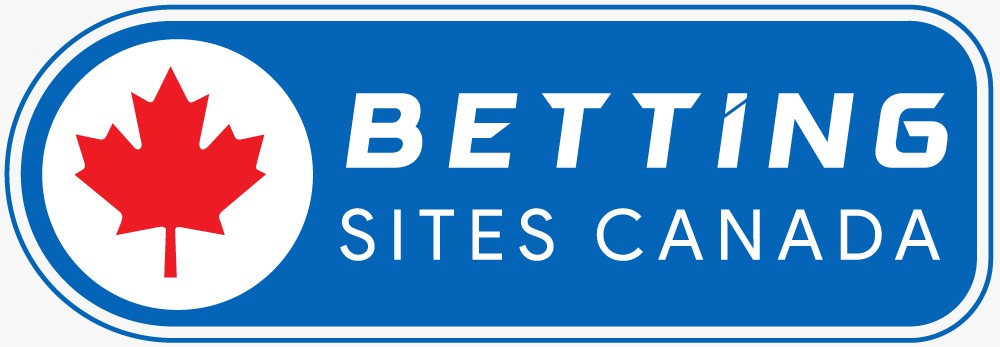Wooden Pucks

Ball vs Puck
The word ‘puck’ means ‘to strike’. In Ireland, a ‘puck bird’ is a robin-size
bird also called a ‘goat sucker’ that dives down on goats and strikes
them on the back with its beak. The term “puck” as used in the game of
Hurley, refers to hitting or striking the ball with the stick. Following
a foul, the opposing team is allowed a “puck-in” from the side-line. The
goal tender is allowed a free “puck-out” with his hand to a team mate
following the scoring of a goal. A long shot is a “long puck” as opposed
to a “short puck” or a “side puck” and so on. Players new to the game
who practice handling the ball with a hurley stick are said to be “pucking
around”.
The Hurley Ball consists of a cork ball covered with leather with seams
stitched to the outside, unlike a baseball which has seams stitched inward.
The ball used in Scotland’s field game known as Shinty is similar to the
Hurley ball but smaller in size.
Back to top of page
The Hurley Ball was used as Ice Hurley began in Nova Scotia but, because
a ball is largely unmanageable on ice, it was soon replaced with a flat
wooden puck as the game evolved into Ice Hockey. Ice Hockey is the only
game that uses a “puck”. There is documented evidence that Nova Scotians
used wooden pucks from at least the 1860s and likely before.
As Nova Scotia’s game of Ice Hockey was adopted in Montreal in 1875,
a wooden puck was used in the earliest games.
If you want to know more about pucks, see Evolution
of the Puck.
|



